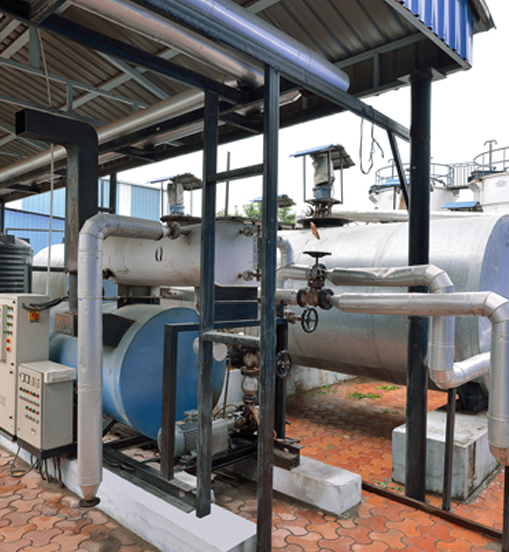Polymer Modified Bitumen (PMB) is used to enhance the quality of bitumen emulsion. Certain polymers or additives are added in the original bitumen mix to inculcate additional binding qualities. The addition alters the chemical configuration and/or physical/ mechanical properties of the original bitumen in order to improve its resistance power to weather conditions or change in temperature. In actual, it alters its elasto viscous behavior of the bitumen to tolerate high stress.
Use of PMB in road construction ensures smooth transportation of heavy loaded vehicles. Due to the fact that these are equipped with amazing resistant qualities i.e. water repellent, heat resistant, crack resistant etc. which makes it perfect for increased road durability.
Application of PMB
Types of PMB in accordance with certified international standards
PMB 120
It is suitable for cold climatic places where temperature is below 10 Degree Celsius
PMB 70
Is apt for moderate climatic places where temperature is from 10 to -10 Degree Celsius
PMB 45
It is best for areas having hot climate and where temperature is above 10 Degree Celsius

| POLYMER MODIFIED BITUMEN SPECIFICATION | ||||||||
| S.No. | Characteristic | Plastomeric Thermoplastic Based – Type A | Elastomeric Thermoplastic Based – Type B | CODE | ||||
| PMB – P – 120 | PMB – P – 70 | PMB – P – 40 | PMB – E – 120 | PMB – E – 70 | PMB – E – 40 | |||
| 1. | Penetration at 25°C, 0.1 mm, 100g, 5s. | 90-150 | 50-90 | 30-50 | IS 15462 – 2004 | |||
| 2. | Softening Point, (R&B), °C, Min. | 50 | 55 | 60 | IS 15462 – 2004 | |||
| 3. | Fraass breaking point, °C, Max. | -20 | -16 | -12 | IS 15462 – 2004 | |||
| 4. | Flash point, COC, °C, Min. | 220 | 220 | 220 | 220 | 220 | 220 | IS 15462 – 2004 |
| 5. | Elastic recovery of half thread in ductilometer at 15°C, % Min. | 50 | 40 | 30 | 70 | 70 | 70 | IS 15462 – 2004 |
| 6. | Separation, difference in softning point, R&B, °C, Max. | 3 | 3 | 3 | 3 | 3 | 3 | IS 15462 – 2004 |
| 7. | Viscosity at 150°C, Poise. | 1 to 3 | 2 to 6 | 3 to 9 | 1 to 3 | 2 to 6 | 3 to 9 | IS 15462 – 2004 |
| 8. | Thin film oven tests and test on residue. | – | – | – | – | – | – | IS 15462 – 2004 |
| (a) Loss in mass, %, Max. | 1.0 | 1.0 | 1.0 | 1.0 | 1.0 | 1.0 | IS 15462 – 2004 | |
| (b) Increasing in softning point, °C, Max. | 7 | 6 | 5 | 7 | 6 | 5 | IS 15462 – 2004 | |
| (c) Reduction in penetration of residue at 25°C, % Max. | 35 | 35 | 35 | 35 | 35 | 35 | IS 15462 – 2004 | |
| (d) Elastic recovery of half thread in ductilometer at 25°C, % Min. | 35 | 35 | 35 | 50 | 50 | 50 | IS 15462 – 2004 | |